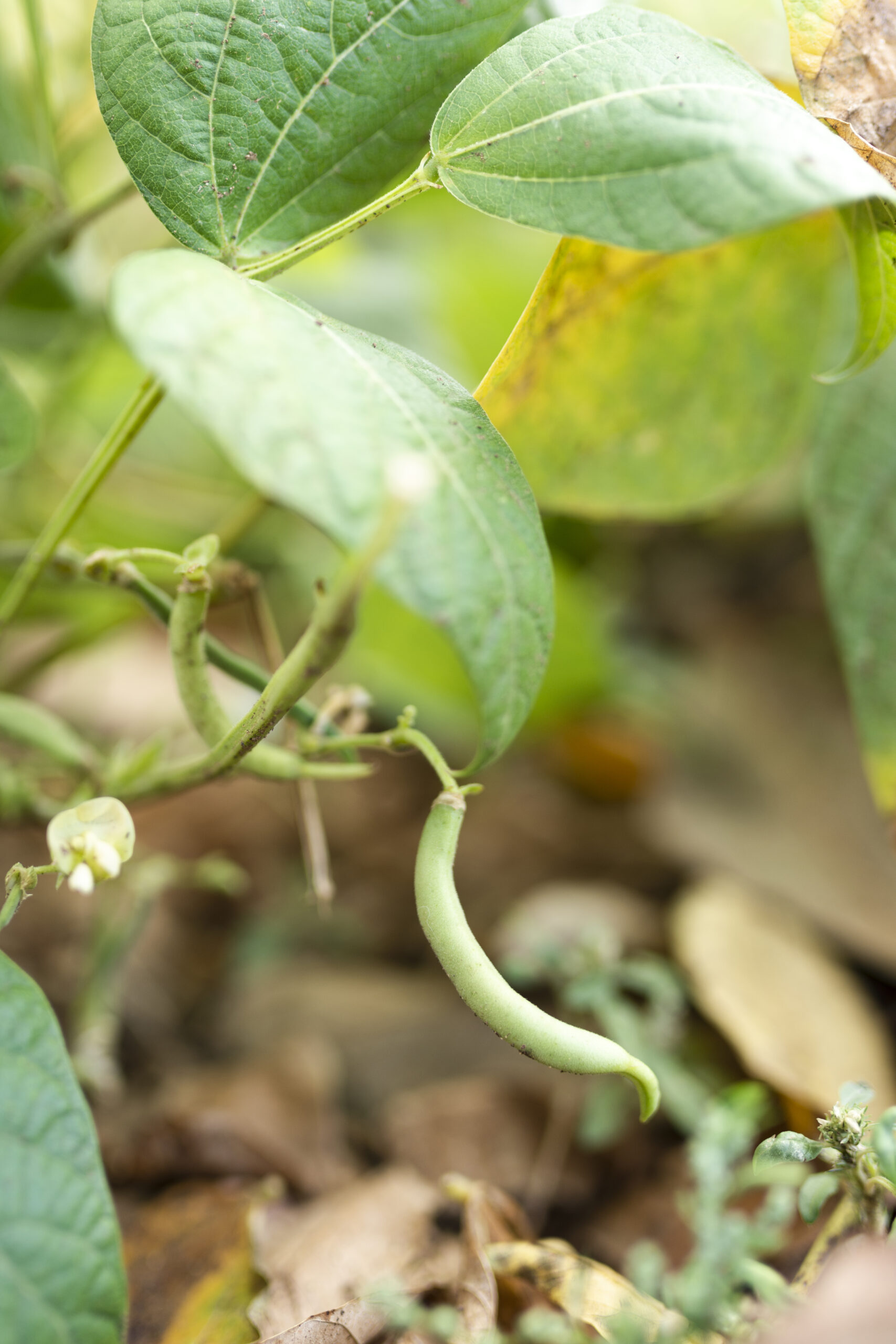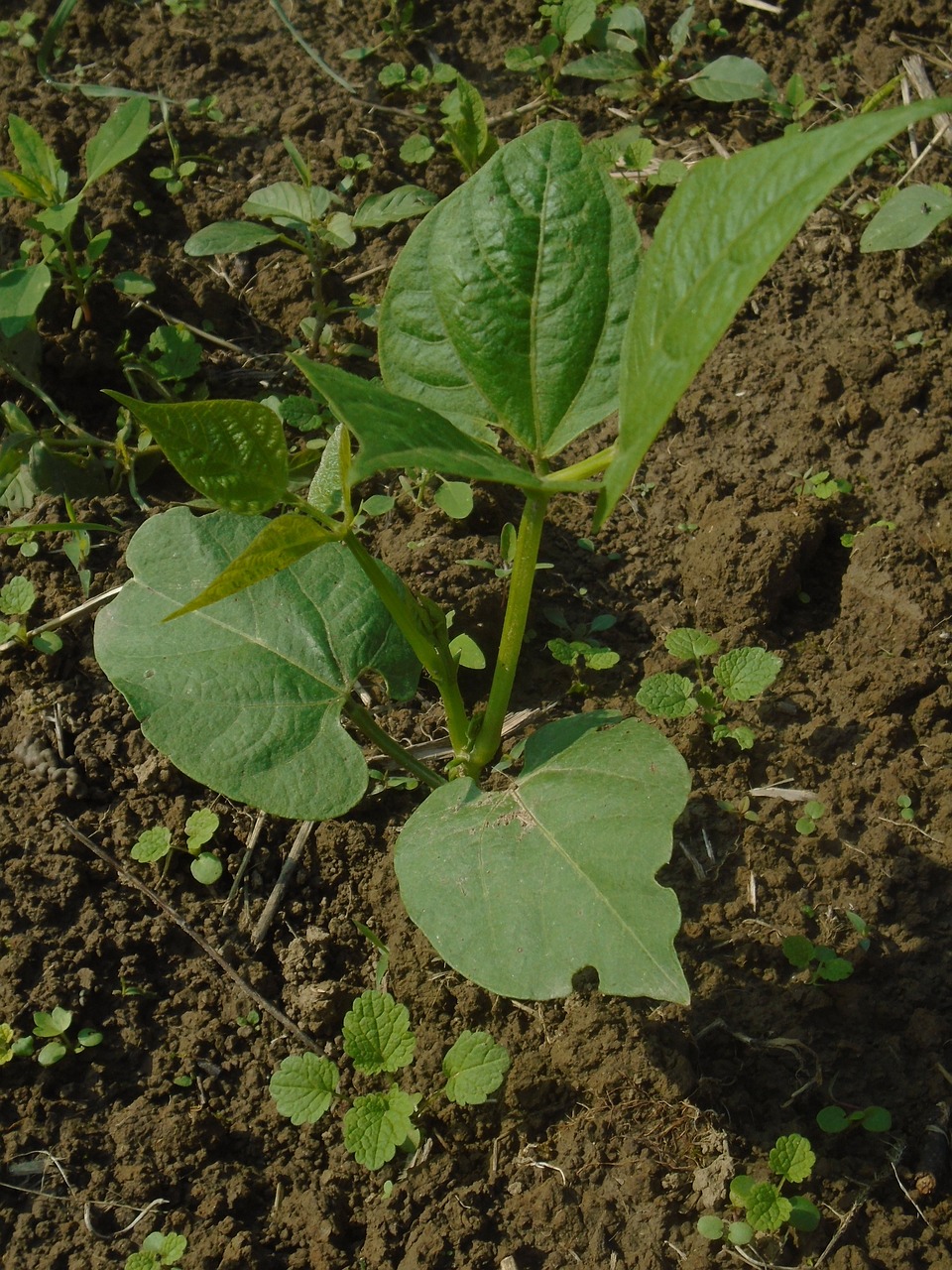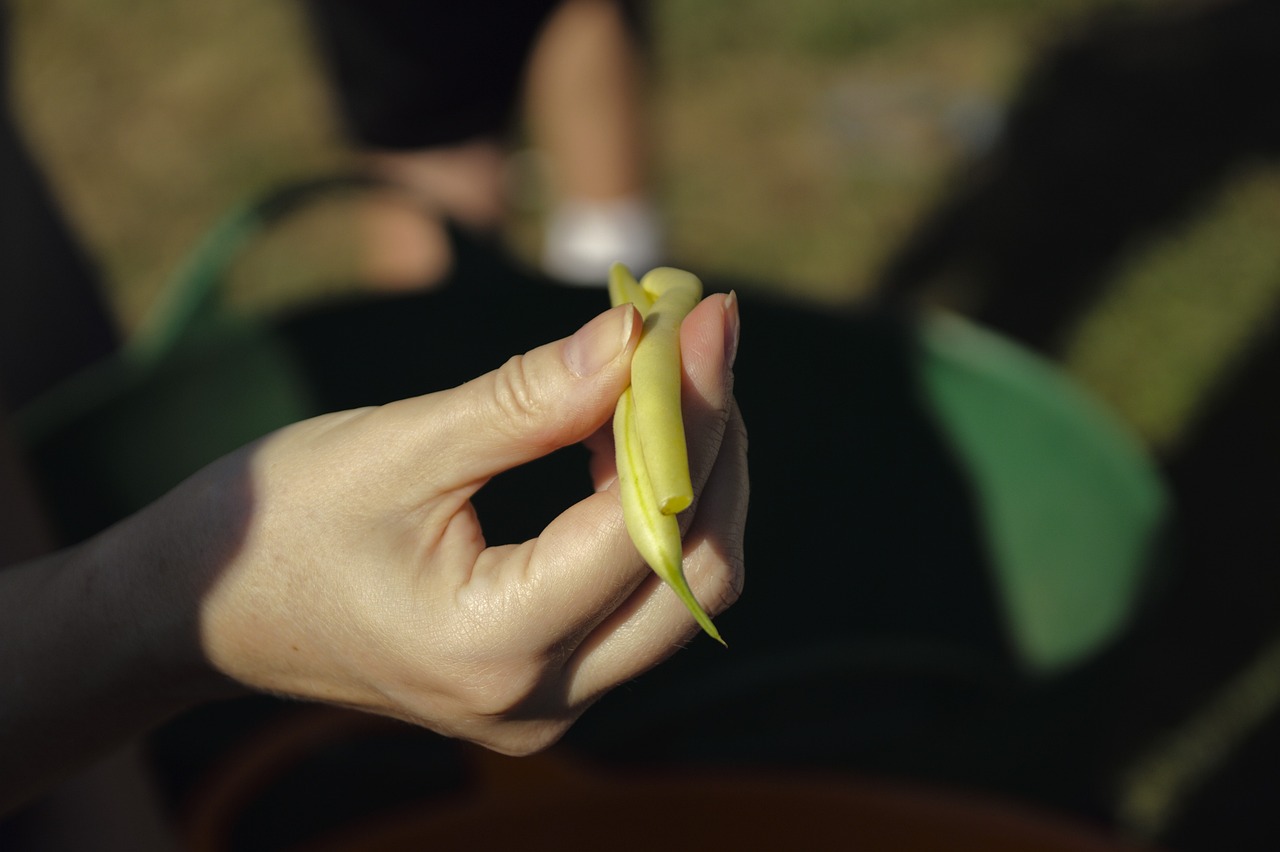
Are you ready to elevate your gardening game and reap a bountiful harvest of green beans? Look no further than raised beds, the secret weapon of gardeners seeking maximum yield and efficiency. In this comprehensive guide, we’ll explore the ins and outs of growing green beans in raised beds, empowering you to cultivate healthy plants and enjoy a plentiful supply of delicious beans.
This post may have affiliate links. This means that sometimes when you click a link on our site and make a purchase on Amazon, we may earn a small commission at no additional cost to you. We only recommend products we truly believe in, and your support helps keep us running!
Setting the Stage: The Perfect Raised Bed for Beans

Before we go into the sowing of seeds, let’s ensure your raised bed is the ideal green bean haven.
Location, Location, Location!
Beans crave sunshine, at least 6-8 hours a day. So, pick a spot in your garden that basks in the sun’s warm embrace throughout the day.
Soil Secrets
Green beans thrive in well-draining, fertile soil. Here’s how to create the perfect bean bed:
- Start with a Base: Fill your raised bed ¾ of the way with a good quality potting mix. Aim for a loose and airy texture that allows water to drain freely.
- Compost Magic: Add a generous amount of compost, about a third of the total volume. This organic matter provides essential nutrients for your bean plants and helps retain moisture.
- The pH Factor: Aim for a slightly acidic to neutral pH level (around 6.0-7.0). A simple soil test kit can help you determine your soil’s pH and guide any necessary adjustments.
Support Systems for Climbing Beans (Optional):
If you’re planting pole beans, they’ll need some support to reach their full potential. Here are a few options:
- Trellis Time: A sturdy trellis positioned alongside your raised bed allows the beans to climb and sprawl.
- Teepee Power: Create a teepee structure using poles or stakes and twine. This classic method provides excellent support for your climbing bean vines.
- Creative Climbing Companions: Plant sunflowers or corn alongside your pole beans. These taller plants can act as natural support structures.
Sowing Seeds for Success
Now that your raised bed is primed for bean bliss, it’s time to introduce the stars of the show – the seeds!
Choosing Your Champions:
There’s a dazzling array of green bean varieties to choose from. Here are some popular options, categorized by growth habit:
- Bush Beans: These compact plants are perfect for smaller spaces. They mature quickly and produce a concentrated flush of beans over a shorter period. Popular bush bean varieties include ‘Blue Lake’ and ‘Green Crop’.
- Pole Beans: These vining plants require support structures but reward you with extended harvests throughout the season. Try ‘Kentucky Wonder’ or ‘Scarlet Runner’ for vibrant red pods.
Planting Pointers:
- Timing is Key: Wait until all danger of frost has passed and soil temperatures reach at least 60°F (15°C) before planting your beans.
- Seed Depth: Sow seeds directly into your raised bed, about 1 inch deep.
- Spacing it Out: For bush beans, space seeds 2-3 inches apart in rows 18-24 inches apart. Pole beans can be planted a little closer, with 4-6 inches between seeds in rows 3 feet apart.
- Germination Game: For faster germination, consider soaking your seeds in warm water for a few hours before planting.
Thinning the Ranks:
Once your seedlings have sprouted a few sets of true leaves, it’s time to thin them. This ensures proper air circulation and allows the remaining plants to grow strong. For bush beans, thin to 4-6 inches apart. With pole beans, keep the strongest plants spaced 8-12 inches apart.
Nurturing Your Bean Bounty
With your seeds sown and seedlings thriving, let’s explore how to nurture them into a bountiful harvest.
Watering Wisdom:
Beans are thirsty fellows, especially during hot and dry weather. Aim to provide consistent moisture, keeping the soil evenly damp but not soggy. Water deeply at the base of the plants, avoiding overhead watering which can encourage fungal diseases.
Mulch Magic:
Apply a layer of organic mulch, such as straw or shredded leaves, around your bean plants. This helps retain moisture, suppress weeds, and regulate soil temperature.
Feeding Frenzy:
While beans fix nitrogen in the soil, a light feeding with a balanced organic fertilizer during the flowering stage can give your plants an extra boost. Avoid fertilizers high in nitrogen, as this can promote excessive foliage growth at the expense of bean production.
Pollination Power:
Green beans are self-pollinating, so you don’t need to worry about attracting bees or other pollinators.
The Green Bean Guardians: Pest Patrol and Disease Defense
Even the most meticulously cared-for bean patch can face challenges from pests and diseases. Here’s how to keep your green bean bounty safe:
- Aphid Assault: These tiny, sap-sucking insects can stunt plant growth. Keep an eye out for them on the undersides of leaves. A strong spray of water can dislodge them, or insecticidal soap can be used for stubborn infestations.
- Mexican Bean Beetle Blitz: These brightly colored beetles and their yellow larvae munch on bean leaves. Handpicking and dropping them into soapy water is an effective control method.
- Fungal Foes: Fungal diseases like powdery mildew can appear as white patches on leaves. Ensure good air circulation by thinning plants and avoid overhead watering. For severe cases, organic fungicides like neem oil can be used.
Early detection is key! Regularly inspect your plants and address any pest or disease problems promptly to minimize damage and ensure a healthy harvest.
Reaping the Rewards: Harvesting Your Green Beans

The moment you’ve been waiting for – harvest time! Here’s how to enjoy the fruits (or rather, vegetables) of your labor:
- Timing is Everything: Pick your beans when they are young, tender, and crisp. For bush beans, this is typically when the pods reach 4-6 inches in length. With pole beans, pick them when they are slightly smaller and slimmer.
- Pick Frequently: Regular harvesting encourages your plants to continue producing more beans. Aim to pick every other day during peak season.
- The Art of Picking: Use sharp scissors or pruners to snip the beans off the vine just above the node (the small bump where the pod attaches to the stem). Avoid pulling on the plants, as this can damage them.
Bonus Tip: Extend your harvest by planting additional seeds every few weeks throughout the growing season. This technique, called succession planting, ensures a continuous supply of fresh green beans for your table.
Beyond the Bean: Keeping Your Raised Bed Thriving
Once your bean harvest winds down, it’s time to prepare your raised bed for future plantings. Here’s how to keep your garden space in top shape:
- Spent Plant Removal: Carefully remove spent bean plants and any remaining debris from the raised bed.
- Soil Refresh: Replenish the soil with fresh compost or aged manure to maintain fertility.
- Cover Up: Consider planting a cover crop like clover or ryegrass during the off-season. This helps suppress weeds, improve soil structure, and fix nitrogen for your next round of plantings.
